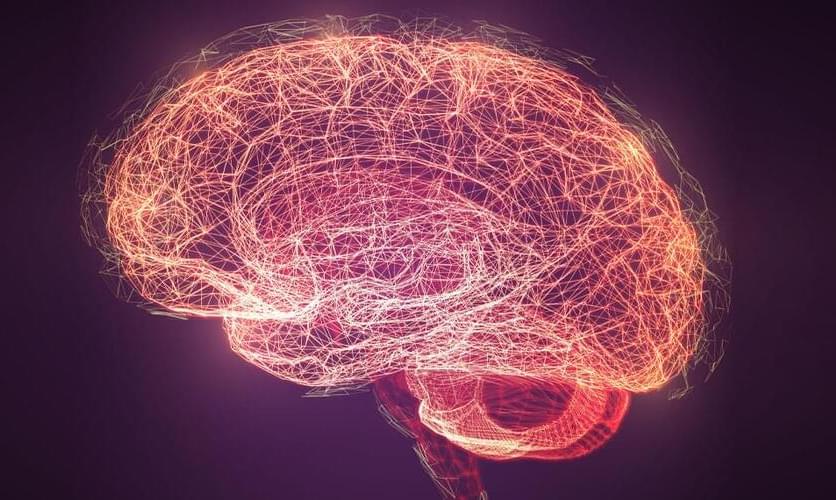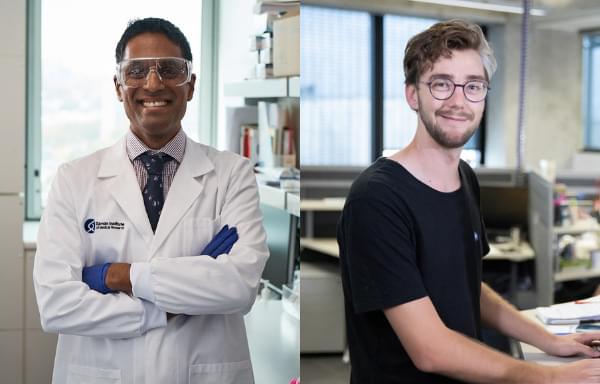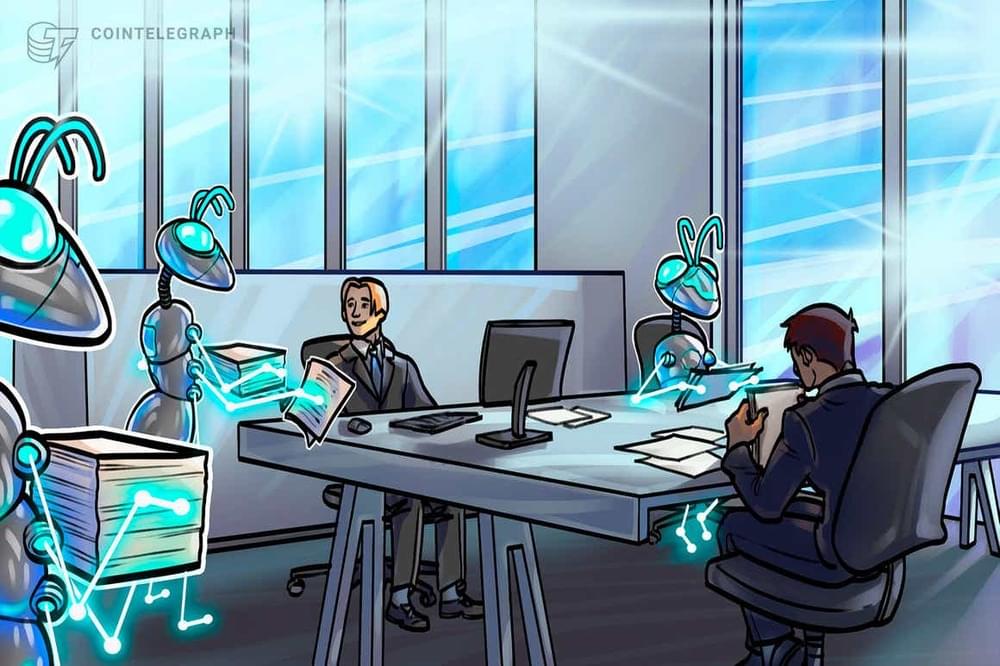Mar 6, 2022
General Atomics’ Gambit autonomous combat drone takes the initiative
Posted by Shubham Ghosh Roy in categories: drones, military, robotics/AI
General Atomics Aeronautical Systems, Inc. (GA-ASI) has unveiled its latest jet-powered robotic drone, the Gambit, which is designed to use artificial intelligence and autonomous systems to fly alongside human-piloted aircraft and achieve air dominance.
General Atomics is known mainly for its drones like the SkyGuardian or the Mojave – robotic aircraft with very long endurance that can loiter over an area for extended periods for either reconnaissance or while awaiting the signal to take out a ground target with missiles like the Hellfire.
Now, the company has joined competitors like Boeing and Kratos to produce a full-on combat drone with the lines and performance of a fighter jet. According to GA-ASI President David R. Alexander, Gambit is an Autonomous Collaborative Platform (ACP), a flying team-mate that will work with piloted aircraft, penetrating into combat zones to detect, identify, and target adversaries at range and scale before they can become a threat to its human partner. In this way, fewer lives are put at risk and more time is gained for critical decision-making.

















